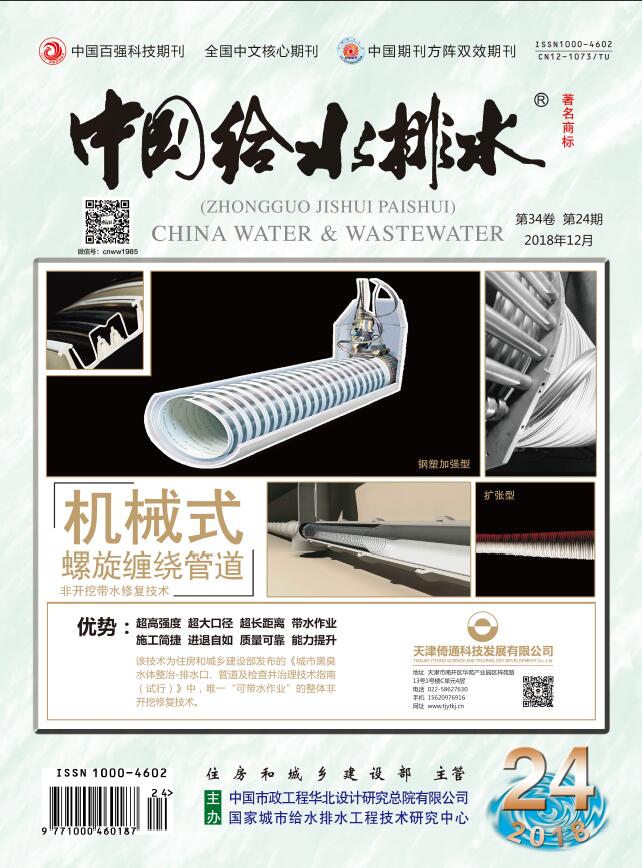ZHANGQiang,XIAHai-xia,PENGYong-li,et al.Design Case of In-situ Upgrading and Reconstruction of a Large-scale Wastewater Treatment Plant in Lanzhou[J].China Water & Wastewater,2025,41(4):69-74.
Design Case of In-situ Upgrading and Reconstruction of a Large-scale Wastewater Treatment Plant in Lanzhou
China Water & Wastewater[ISSN:1000-4062/CN:12-1073/TU]
volume:
第41卷
Number:
第4期
Page:
69-74
Column:
Date of publication:
2025-02-17
- Keywords:
- wastewater treatment plant; in-situ reconstruction; upgrading and expansion; integrated fixed?film activated sludge (IFAS) process
- Abstract:
- To address the imperative of enhancing ecological and environmental protection within the Yellow River basin and to mitigate the influx of pollutants into the river, a wastewater treatment plant in Lanzhou was mandated to simultaneously augment its capacity and elevate its discharge standard. Specifically, the treatment capacity should be expanded from 26×104 m3/d to 30×104 m3/d, while the effluent quality should be upgraded from the first level B limit to the first level A limit specified in the Discharge Standard of Pollutants for Municipal Wastewater Treatment Plant (GB 18918-2002). Considering the challenges of substantial expansion requirements, limited available land, and stringent discharge standard, a technical decision-making route for upgrading and reconstruction was developed. By leveraging the potential of existing facilities, utilizing vertical spaces, and implementing an in-situ coupled high-load integrated fixed-film activated sludge (IFAS) process, a multi-treatment approach was established. The core of this approach lay in the transformation method of “load reduction through large tank, small tank coupled with IFAS” in the biochemical treatment section. The sludge?water separation section employed a combined approach featuring “secondary sedimentation tank to reduce the load, MBR to fill the gap”. The advanced treatment section utilized a solid-liquid separation system comprising “magnetic coagulation in conjunction with a rotary precision filter”. Following the transformation, the effluent COD, BOD5, NH3-N, TN, TP and SS were (23.2±2.9) mg/L, (5.3±2.8) mg/L, (1.7±0.9) mg/L, (9.4±3.4) mg/L, (0.2±0.1) mg/L and (4.6±2.2) mg/L, respectively. The effluent quality remains stable and is always lower than the design discharge standard.
Last Update:
2025-02-17

